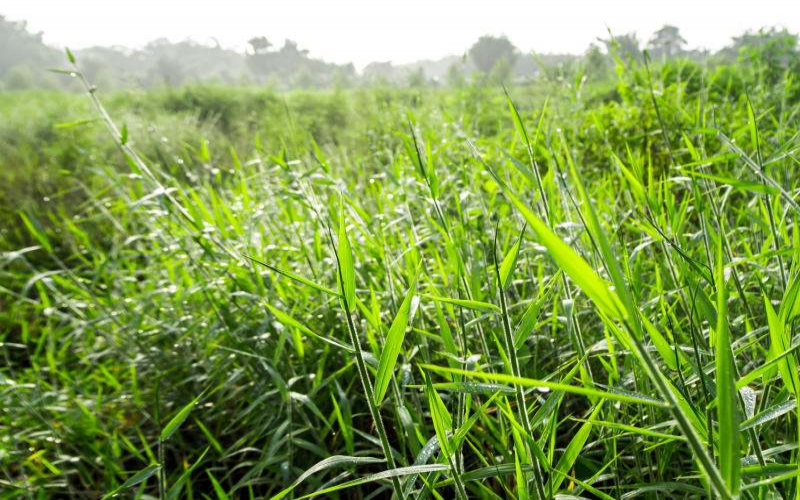In Nepal, livestock are a vital part of many farming systems, providing milk, meat, fiber, and other products. Ensuring that these animals have a reliable source of nutritious feed is essential for their health and productivity. In this blog post, we'll introduce some of the most commonly used fodder plants in Nepal and explain how they can be used to provide essential nutrients for your livestock.
One of the most widely used fodder plants in Nepal is grasses, including species such as timothy, meadow grass, and ryegrass. Grasses are an important source of nutrients for livestock, providing protein, energy, and fiber. They can be grown as pasture or as hay, and are an essential component of many livestock diets.
Other commonly used fodder plants in Nepal include legumes such as clover, alfalfa, and beans. Legumes are high in protein and are often used as a supplement to grasses in livestock diets. They are also a valuable source of nitrogen, which helps to improve soil fertility.
Other important fodder plants in Nepal include brassicas such as rape and mustard, which are high in protein and can be used as a supplement to grasses and legumes. Other commonly used fodder plants in Nepal include tree fodders such as Leucaena and Sesbania, which can be fed to livestock as green chop or as dried hay.
By understanding the different types of fodder plants available in Nepal, farmers can ensure that their livestock have a reliable source of nutritious feed and can optimize their productivity.
Keywords: Nepal, fodder plants, livestock, grasses, timothy, meadow grass, ryegrass, pasture, hay, legumes, clover, alfalfa, beans, nitrogen, soil fertility, brassicas, rape, mustard, tree fodders, Leucaena, Sesbania, green chop, dried hay, livestock feed, productivity.

